Starting Here: Finding Inner Strength in an Outer Turbulent World
By Kathleen Dunn-Muzingo
Actor and Lessac Student Priyank Thakkar
After teaching online during a pandemic, witnessing the brutal murder of George Floyd via shared media, through the burgeoning and painful awakening of my white privilege, I feel lost and inept. Lately, I have been drawing inspiration from Arthur Lessac’s holistic body training where he addresses the inner environment versus outer environment in his book: Body Wisdom, the Use and Training of the Human Body. I find the Lessac Body Voice concepts guide my everchanging world of personal awareness of injustice, equality, and diversity with my students. I want to extend a virtual hug to the Lessac Master Teachers and LTRI members for their time and support these past few months. So, in gratitude I share one of my class explorations in Lessac Body Voice work.
As I claim my personal creative space at home, I discover that negotiating space outside myself symbolizes how my students are influenced by outer environments of hate, brutality, judgment, self-deprecation, environmental pollutants, and COVID-19, all which suffocate our inner environment where creativity and voice are born.
To see myself in my students’ eyes, I remind myself what it was like growing up (a victim of school bullying) and how it was difficult to negotiate my power and my space. So, I start with telling my personal story about negotiating personal space and finding my voice. I invite others to do the same if they wish, acknowledging that my experiences pale when compared to the injustices of systemic racism and outward violence.
DAY ONE—OUTER ENVIRONMENT VERSUS INNER ENVIRONMENT: Exploration One
Kathleen Dunn-Muzingo (right) works with student actor Ky Snider (left)
Working with the outer environment and looking around their rooms, large or small, I encourage their eyes to land on something they appreciate or want more of—could be more sunlight, or a photo of a loved one, a stuffed animal, unique to them. I ask them to spend time in appreciation with that object or presence. I invite them to notice how they feel inside, physically. What are the sensations of appreciation or pleasure? That of lightness—of calm—of noticing breath. Students are encouraged to explore the connection between the outer object and their breath. Perhaps one will notice that the breath has slowed, while others may become aware of physical tensions releasing and softening the face. Giving space to the sensing-feeling process and discovering how the outer environment can influence one’s inner environment is the first step in awareness of outer environmental influencers and their impact on our health and our breath. We discuss some of those outer-environmental influences that stifle breath, but also acknowledge that through exploration we have a choice of the quality of breath within ourselves. We can cultivate our own centered breath and physical presence. I ask some to share their objects and this becomes their favorite thing to do. As we finish, I drop in little seeds of awareness in appreciating our breathing after having done this exploration, perhaps noting new areas and spaces in the body that seem to have released or opened. For next class, we are encouraged to bring something we love to smell or taste. We will spend time with these objects or foods, exploring the path an embodied breath takes through pleasure smelling and experiencing that pleasurable sigh of relief afterwards which becomes a template for one’s free responsive breath.
CREATING THE FREEDOM WITHIN YOUR SPACE: Exploration Two
Now that we are mindful of our breath, we go on a journey in discovering the various levels the body moves through space during one’s daily life. First, they find a space where they can lie down, and they are encouraged to take time to move their computers to the level where they can be seen. Once on the floor, we stay there, allowing the breath to flow into the body and out as the waves of the ocean, a cool breeze, or just silent awareness of the natural movement of breath in and out, without manipulating. Then the students are guided to move slowly into the fallen leaf, then into a crouch, and then travel up the spine to standing. Moment to moment guiding, which is not detailed here, is what is taking place as I see each student via Zoom.
In each dynamic level from lying down to crouched to floating up the spine, we are negotiating our space, allowing breath awareness to move our backs and our sides, allowing that breath to buoyantly float us up through our spine. Our spine is our strength. Here the students explore this journey on their own from floor to standing. This can be the first step in finding their space, their right to take up space, to feel a centered confidence, and an ease of one’s own breath. In the many intensives with Arthur, I fondly remember him saying “So as we breathe, so as we stand, and vice versa,” and standing in our space is a matter of being seen and allowing ourselves to take in a full, rightful, deeply-supported breath that allows our voices to be heard.
We wrap with a discussion and students note the power in awareness of physical sensations that support health, well being, and self worth. The work still reaches through the internet.
Kathleen Dunn-Muzingo is a Lessac Certified Trainer and Associate Professor of Performance and Voice & Movement Studies at the University of Southern California School of Dramatic Arts



